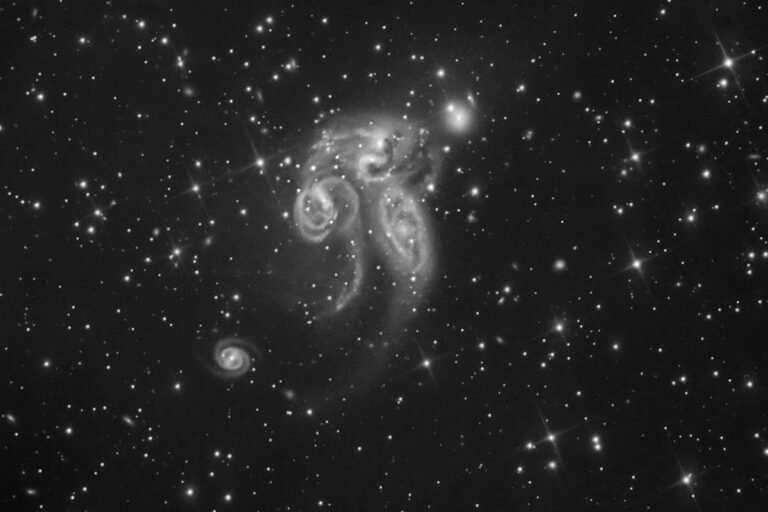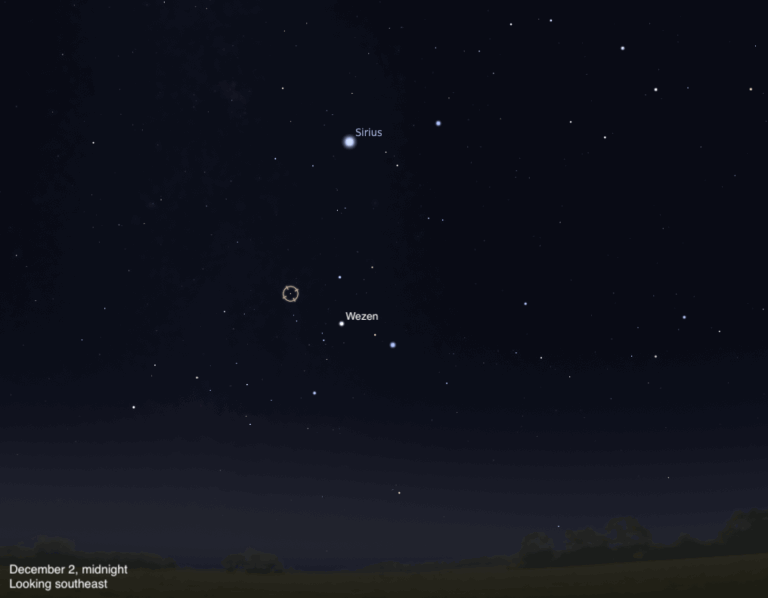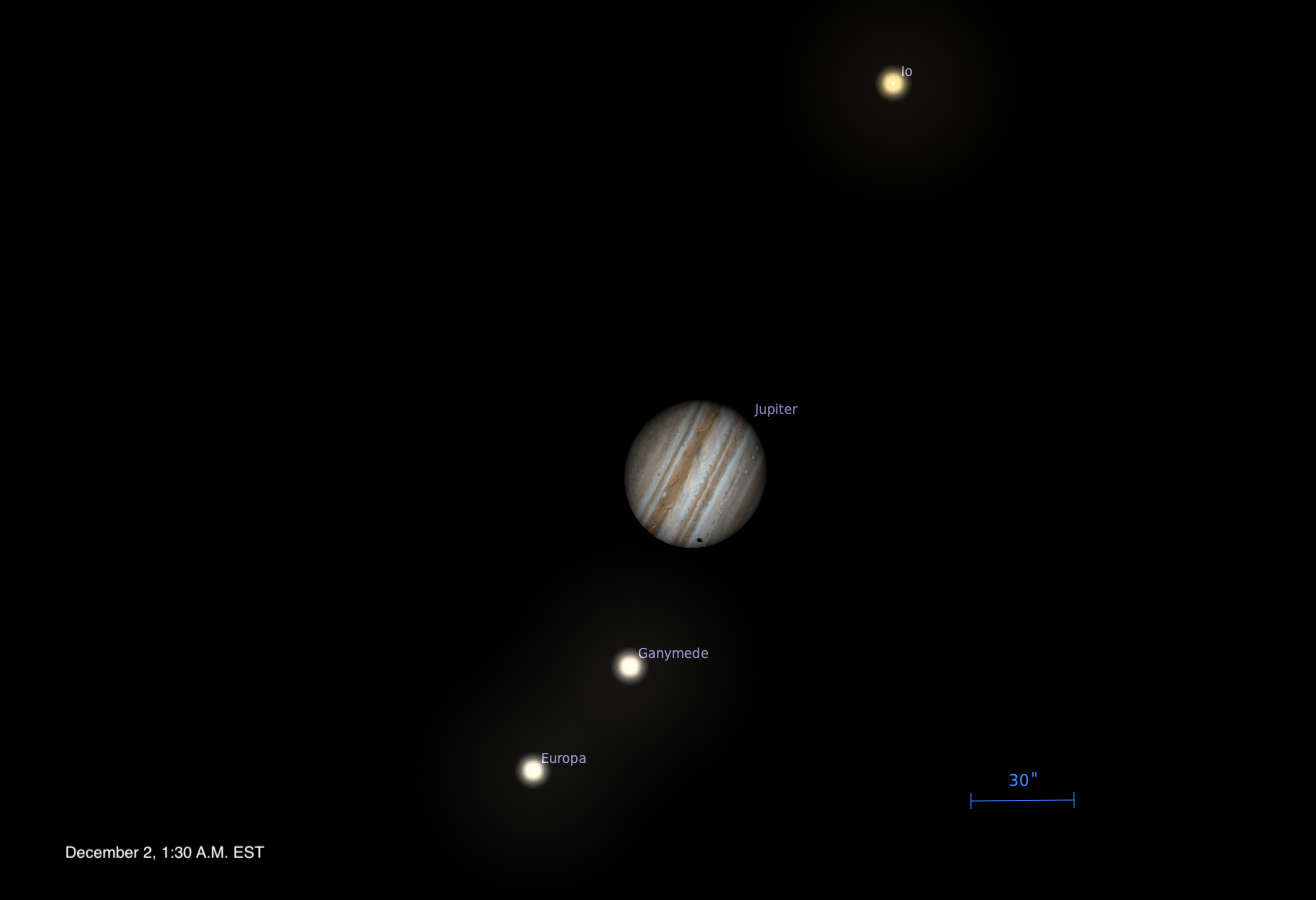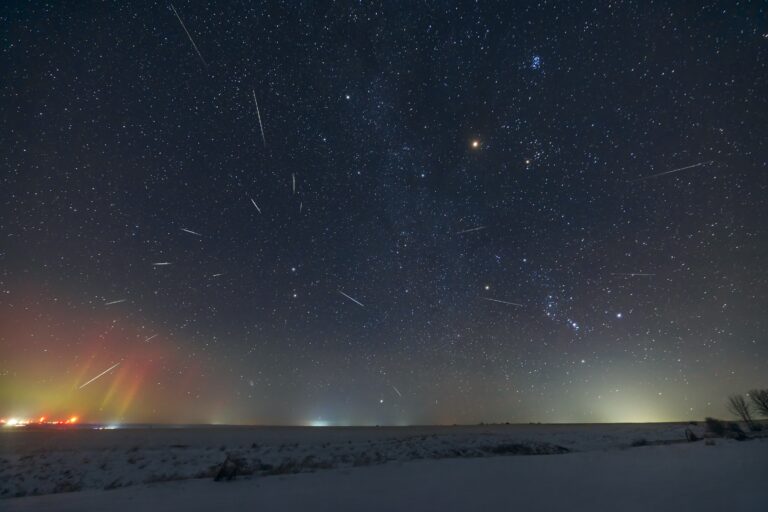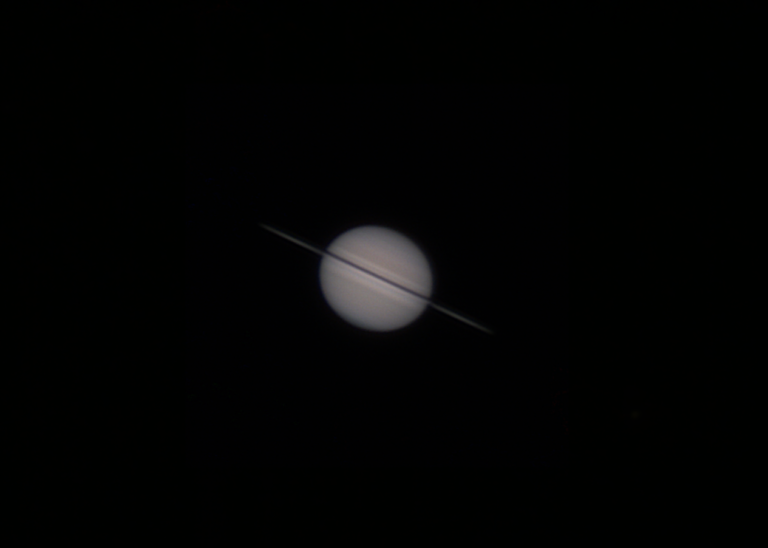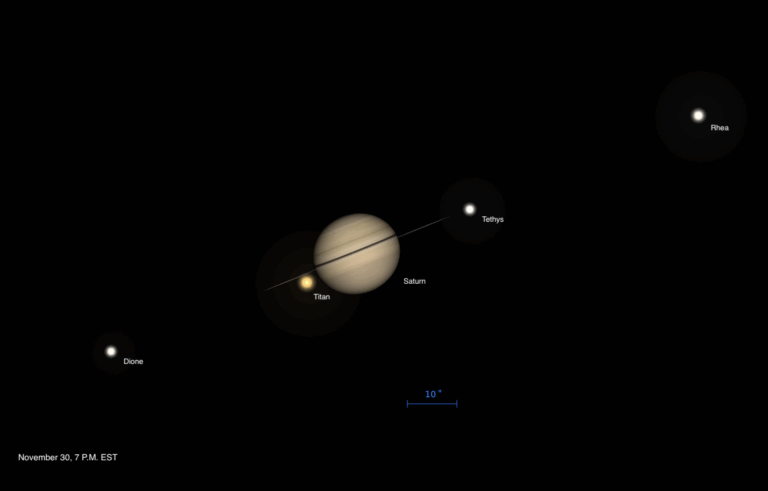Key Takeaways:
The great eclipse is over. Millions are probably hooked. The word saros, which may have previously sounded like a Middle Eastern snack, is now a familiar term. It’s the time period, usually 18 years, 111/3 days, separating a repeat of the same eclipse conditions, such as type, time of year, and duration; each has its own three-digit number.
At parties, eclipse fanatics like to name-drop particular saroses. Let me join that chorus to sing a love song for one extraordinary saros that keeps doing amazing things.
We’ll begin with the famous totality of May 29, 1919, sometimes called the Einstein or Eddington eclipse. It confirmed general relativity theory. You know the story. Einstein said massive objects can warp space. British physicist Arthur Eddington realized this could be confirmed by observing stars near the Sun during a total eclipse. The upcoming 1919 event was suitable: The Sun would be in Taurus, embedded in the famous Hyades star cluster.
Astronomy magazine subscribers can read the full article for free. Just make sure you’re registered with the website.

